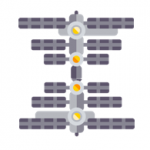25 Amazing Facts About The International Space Station (ISS)
Man’s Base In Space!
Check out these Cool Space Facts about the International Space Station (ISS)! Learn when it was launched, how big it is, how many astronauts have visited it and many more interesting facts. The ISS was launched in 1998 as an orbiting science laboratory to learn how humans can live and work in space. One day these lessons will help us make long-duration trips to Mars and the outer solar system!
Quick Summary Facts About The ISS
- Type: Low Earth orbit space station
- Orbit: Between 330-410 km (205-255 mi)
- Speed: Average of 28,200 kph (17,500 mph)
- Orbit Period: 92 minutes
- Status: Active
- Launch Location: Baikonur & Kennedy Space Centre
- Initial Launch: November 20th 1998
- Mission End: Funded to 2024 (likely extended to 2028)
The 25 Coolest Facts About The International Space Station!
- The International Space Station (ISS) is a joint programme between the space agencies of America (NASA), Russia, Japan, Canada and the European Space Agency (ESA).
- The objective of the ISS is to be an orbiting laboratory to conducted space-based experiments, test equipment in micro-gravity and learn how to live in space for long periods of time.
- The first piece of the ISS to be launched was the Russian module ‘Zarya’. It was launched aboard a Proton rocket in 1998. Two weeks later NASA launched their ‘Unity’ module.
- It took more than 115 space flights by spacecraft like the Space Shuttle and Proton rocket to construction the ISS.
- The completed ISS has a mass of over 420,000 kilograms (926,000 pounds) and is over 108.5 m (356 feet) wide – the same size as an entire American football field. This makes it the largest man-made structure ever built in space!
- The station has a pressurized volume, where the astronauts live, which is about the same as a 747 Jumbo jet! This is almost four times bigger than the Mir Space Station, and five times bigger than NASA’s Skylab.
- The station has been described as the most expensive thing humans have ever constructed. It is estimated that $150 billion USD was spent constructing it with a further $4 billion a year to operate.
- Travelling at about 7.8 km/s (4.9 miles/s), the ISS completes an orbit around Earth every 92 minutes. That means the astronauts onboard see at least 15 sunsets and sunrises each day!
- Due to a very slight amount of atmospheric drag on the station, its orbit decreases by about 2 kilometres (1.2 miles) a month. Periodically the engines of a docked spacecraft are used to ‘reboost’ the station to a higher altitude to keep it in orbit.
- Inside the ISS there are 2 bathrooms, a gym, work areas and the ‘Cupola’ which is a set of windows which offer 360-degree views of Earth. The Cupola resembles the cockpit windows of the Millennium Falcon from Star Wars!
- There are Fifty-two computers onboard the ISS that control the various systems.
- The first three astronauts/cosmonauts to inhabit the ISS were the Expedition 1 crew who arrived on November 2nd 2000 - the ISS has been continuously crewed ever since! A record for human spaceflight.
- Seven private tourists have flown aboard Soyuz spacecraft to the ISS and spent between 8 and 15 days in orbit! Sounds awesome doesn’t it, but it cost them an estimated $20-40 million USD each!
- With the retirement of NASA’s Space Shuttle fleet, the Soyuz spacecraft was left as the only method to ferry people to the ISS between 2011 and 2019.
- When the station is fully crewed there is usually 6 astronauts onboard. However, there have been as many as 13 people during crew changeovers while a Space Shuttle visited.
- To reduce costs, and foster the commercial space sector, NASA began developing commercial cargo (and crew) spacecraft to resupply the ISS. In 2012, SpaceX's Dragon was the first to visit the station with Orbital’s Antares spacecraft following. The Dream Chaser spaceplane aims to join them in the near future.
- The life support systems aboard the ISS recycle the air the astronauts breathe and the water they use. Even the toilet water!
- When the station has a crew of 6 onboard, it takes about 28,000 kilograms (61,500 lbs) of supplies to support them for a year!
- In 2013, the Olympic torch made a visit to the International Space Station, even going outside into space during a spacewalk!
- A total of 209 spacewalks have been conducted from the ISS (as of early 2018). The longest spacewalk was 8 hours and 56 minutes long! This was completed during the construction of the ISS by NASA astronauts Jim Voss and Susan Helms. Check out more space traveller milestones and records here!
- As of early 2018, a total of 230 people from 18 countries have visited the International Space Station.
- From 2019, NASA astronauts will be ferried to the ISS by the SpaceX Crew Dragon and Boeings CST-100 spacecraft instead of the aboard the Russian Soyuz spacecraft.
- On February 23rd, 2019 the ISS completed its 115,000th orbit of Earth!
- The ISS is currently planned to operate until 2024. However, it will likely be extended until 2028. It will then either be deorbited into the Pacific Ocean, be partially recycled for a new station or maybe the ISS may be turned into the world’s first space hotel!
- You can easily spot the station flying overhead with your naked eye. It appears as a bright ‘star’ racing across the evening/morning sky. Check out this page to find out when you’ll be able to see the ISS.
Learn more about space missions, spacewalks, spacesuits, what astronauts eat and living in space by checking out the Human Spaceflight page!
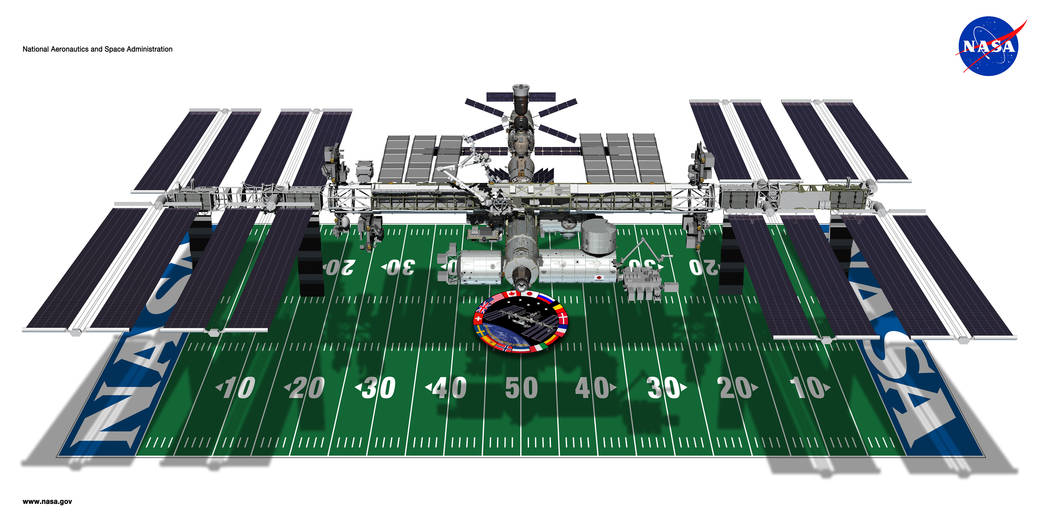
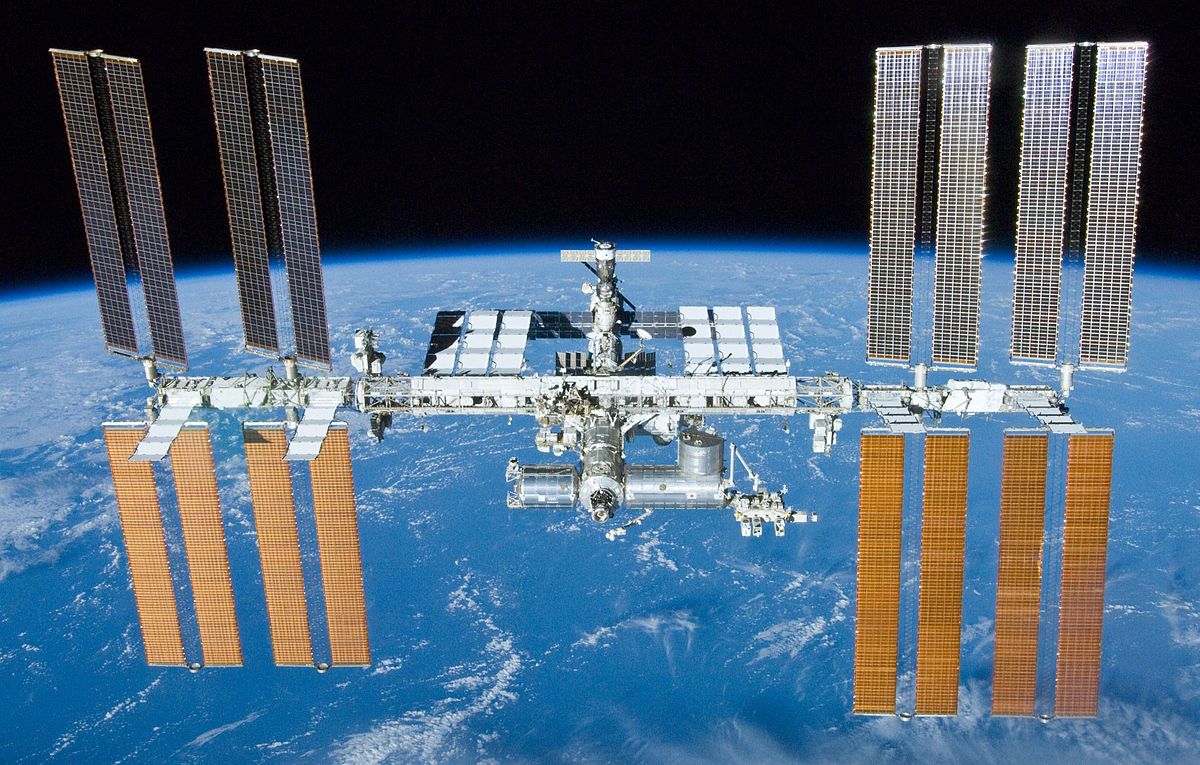
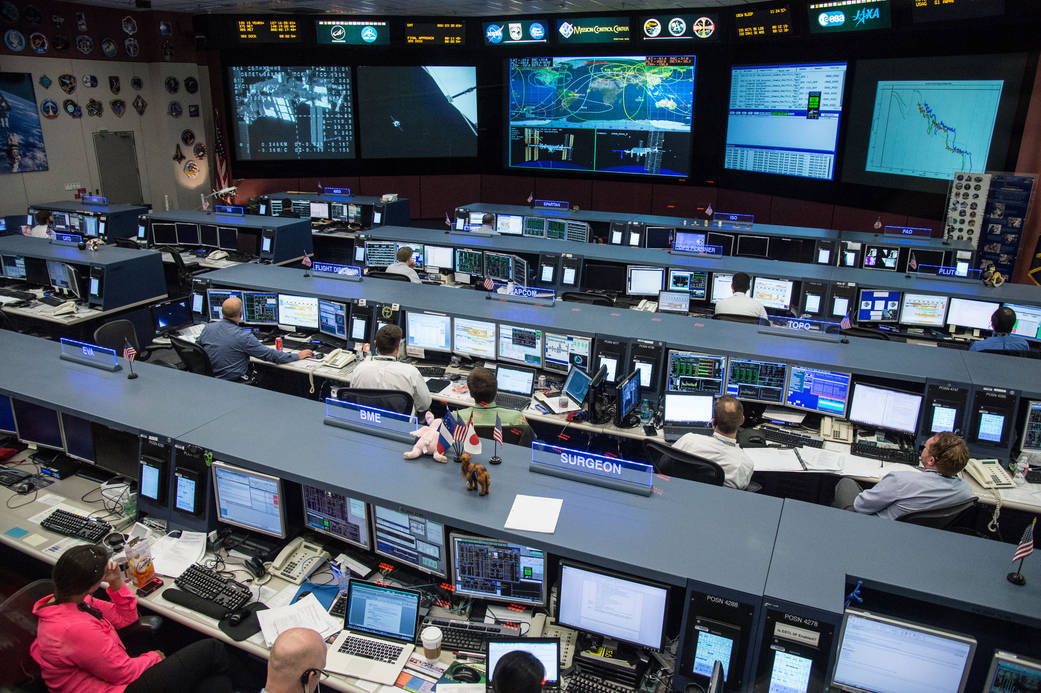
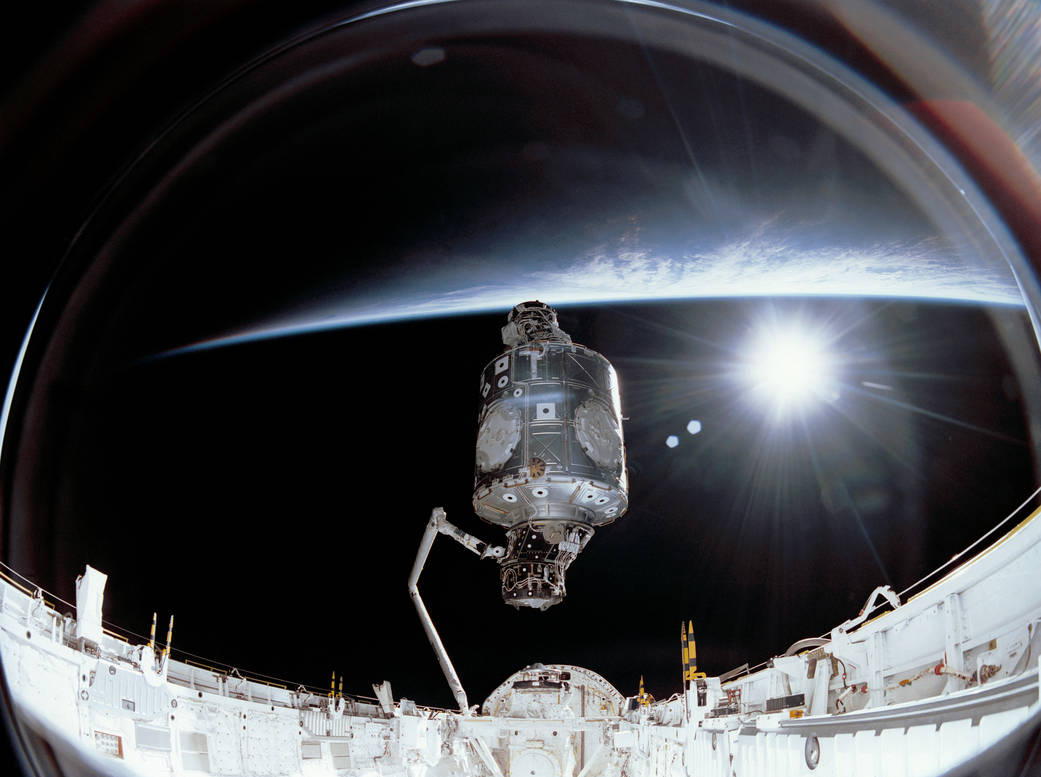
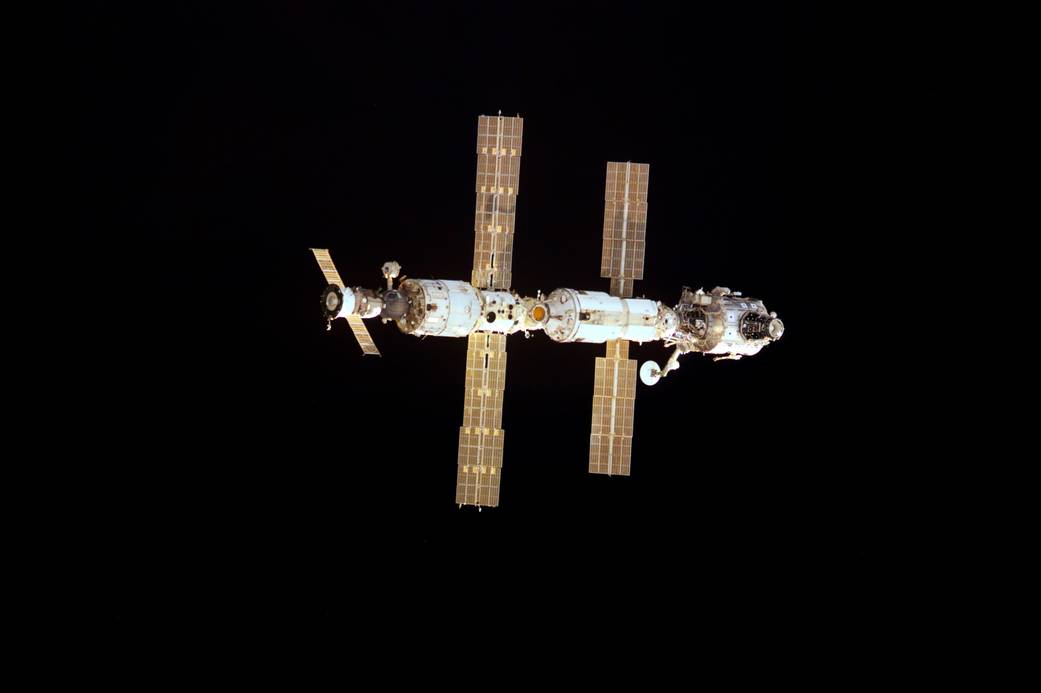
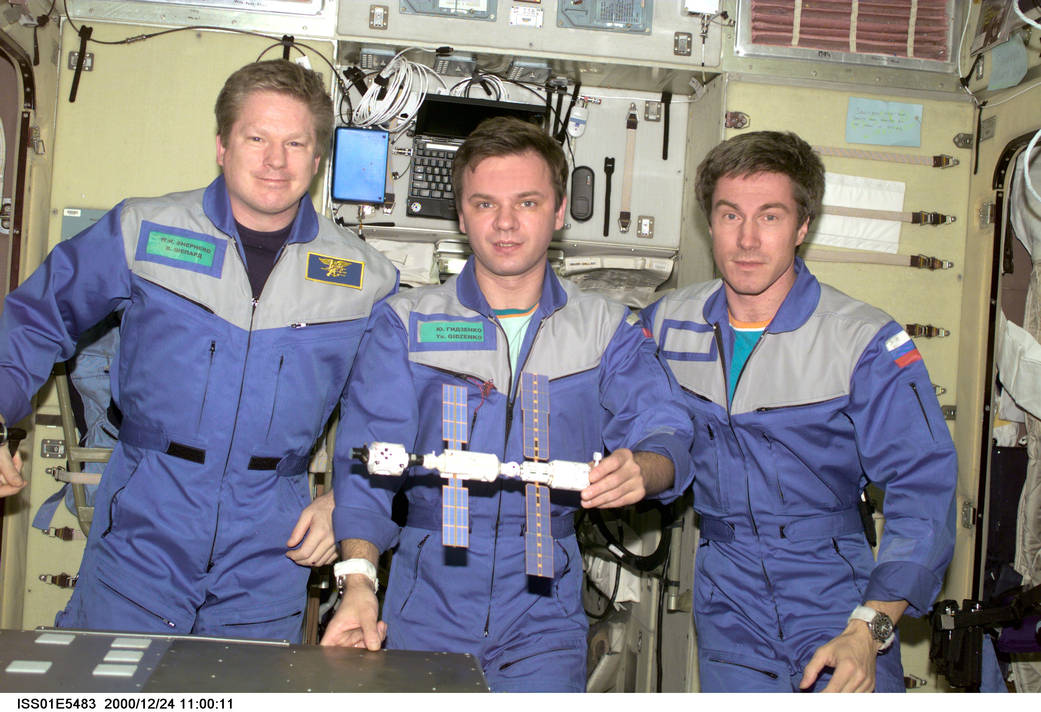
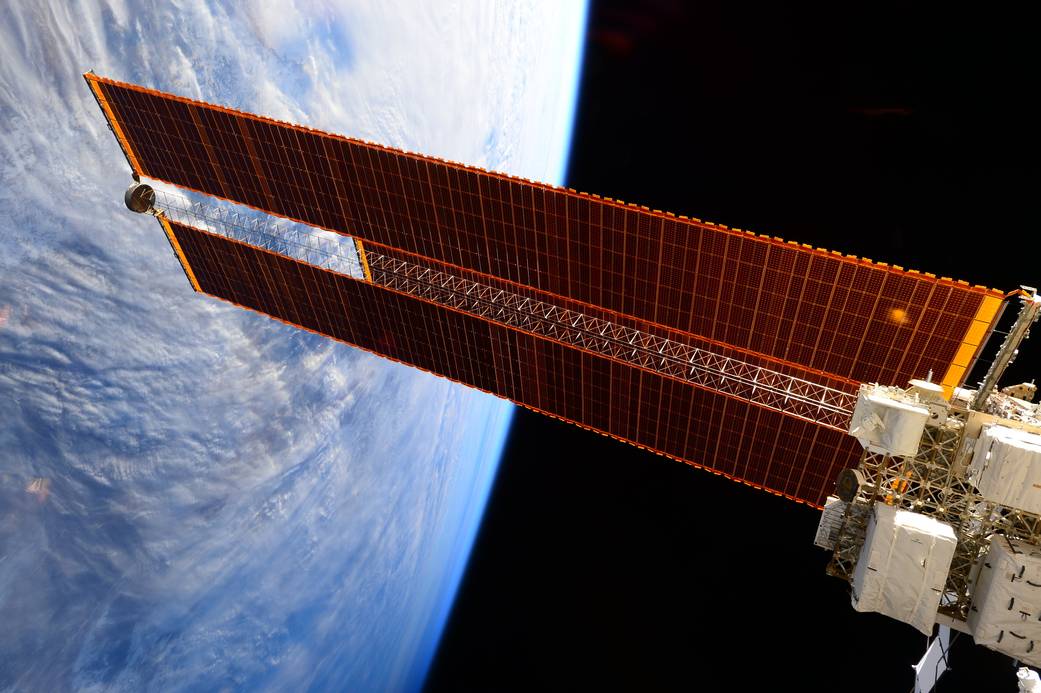
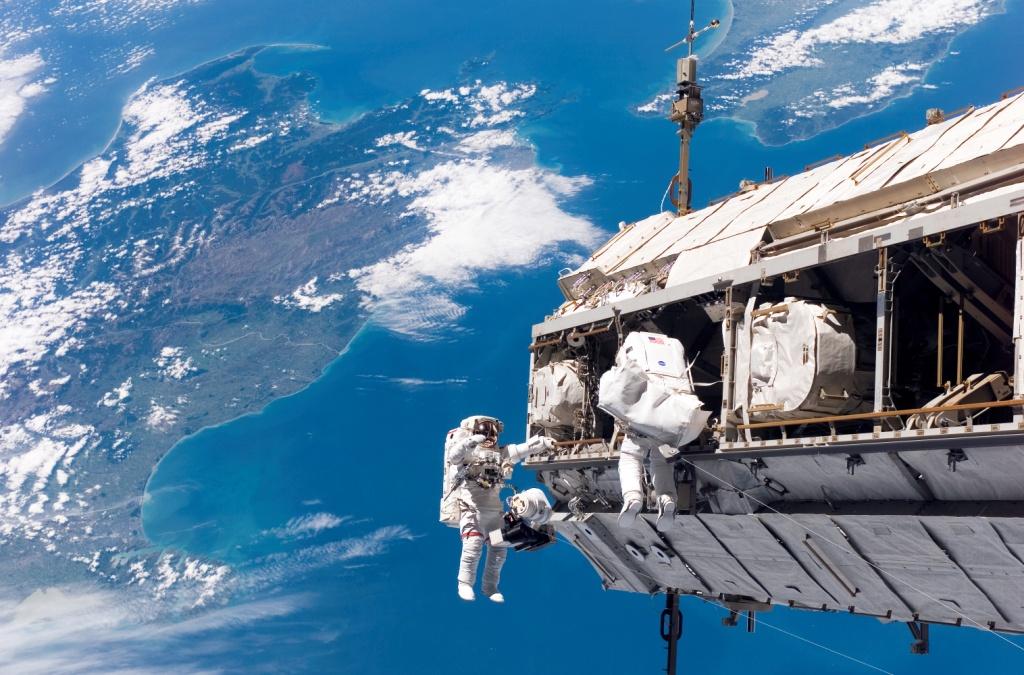
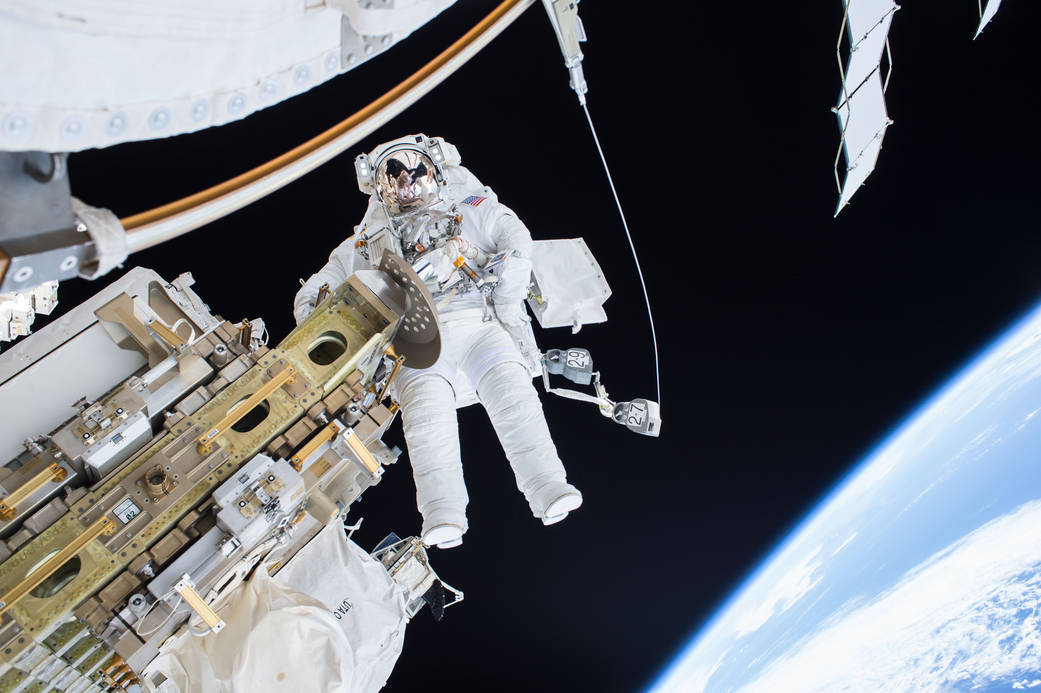

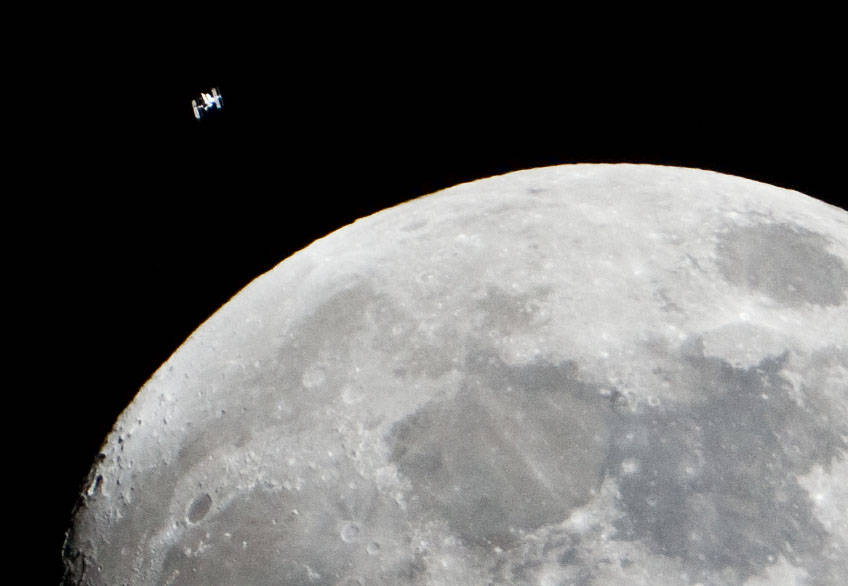
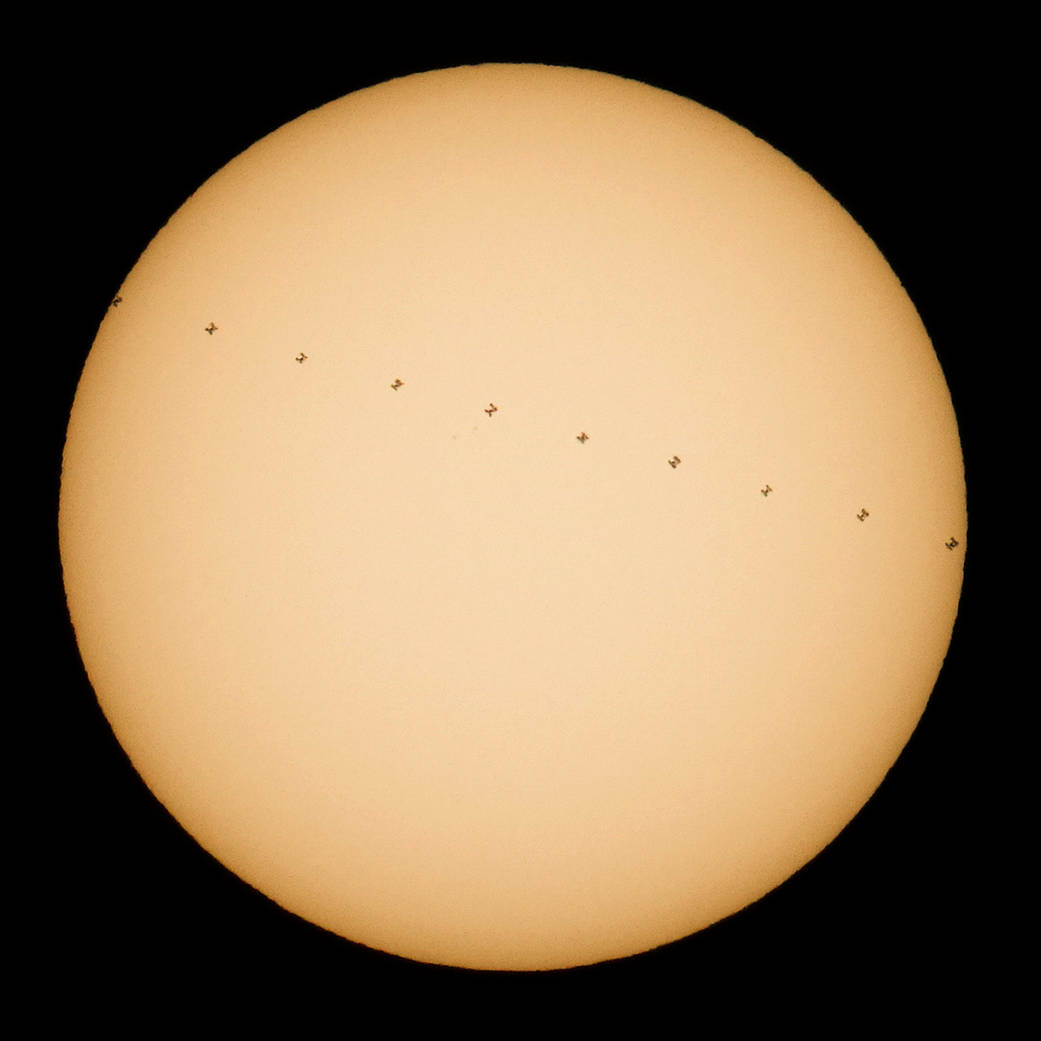
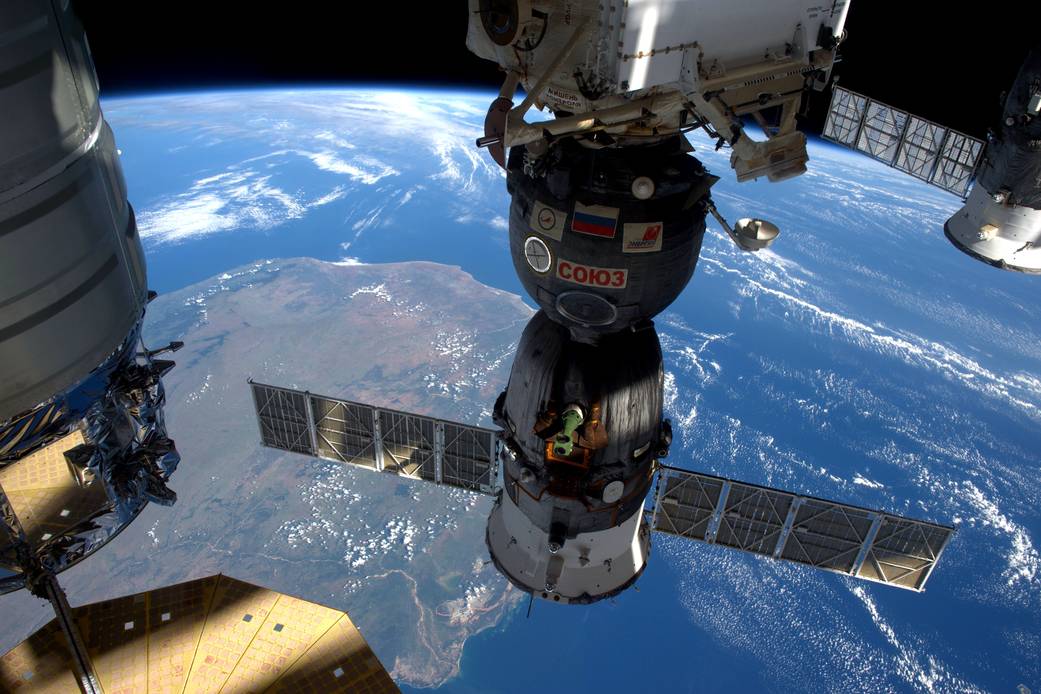
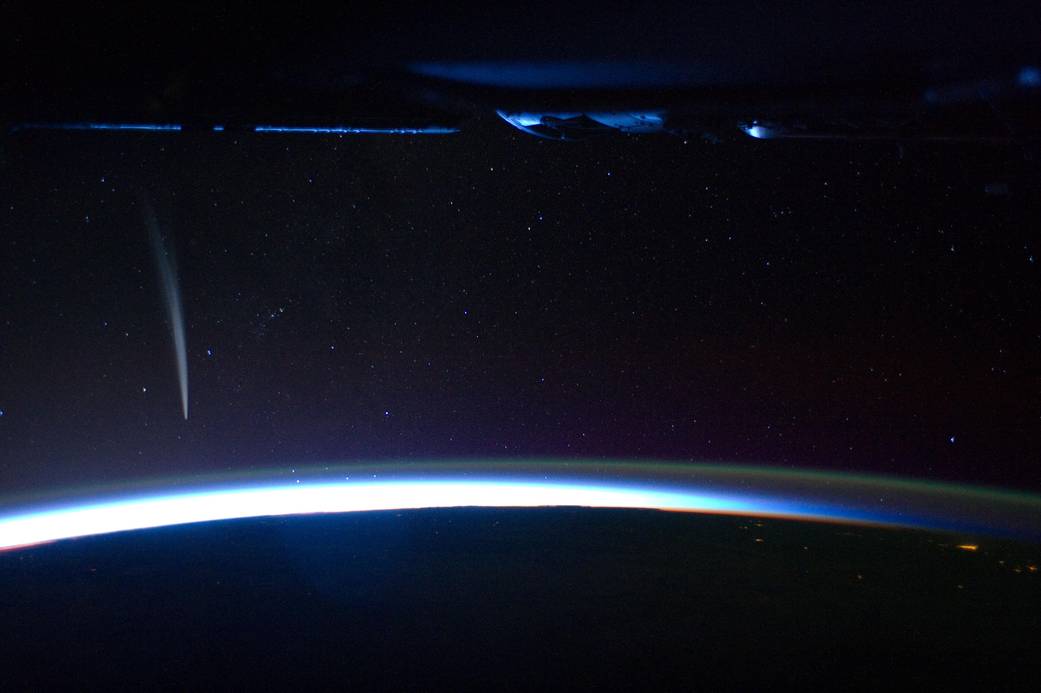
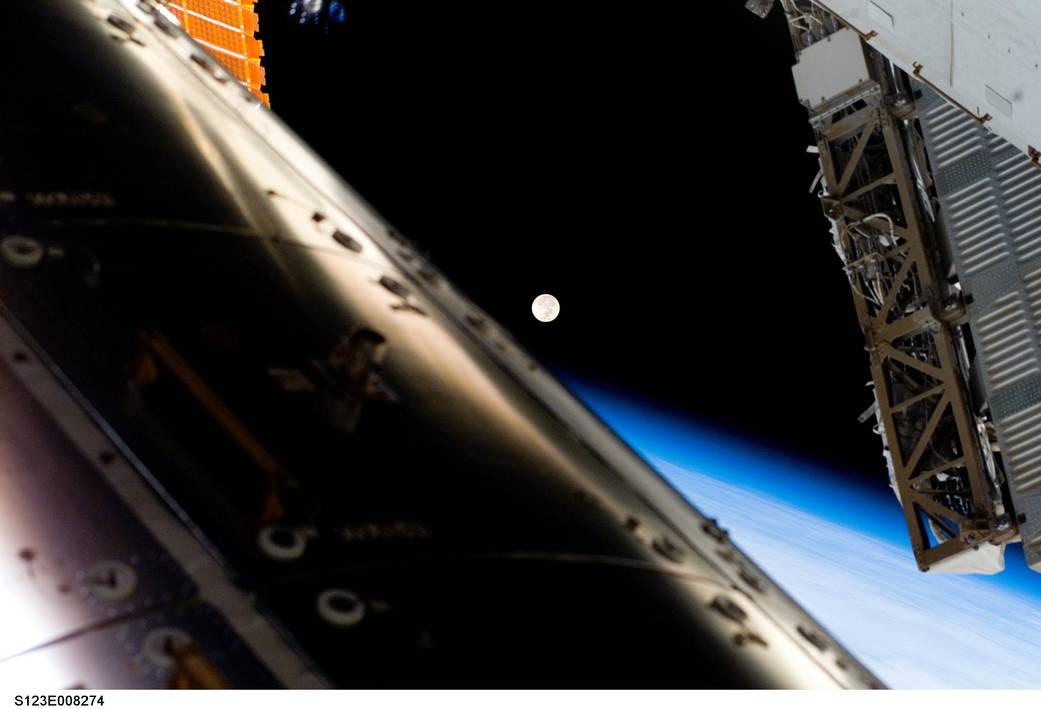
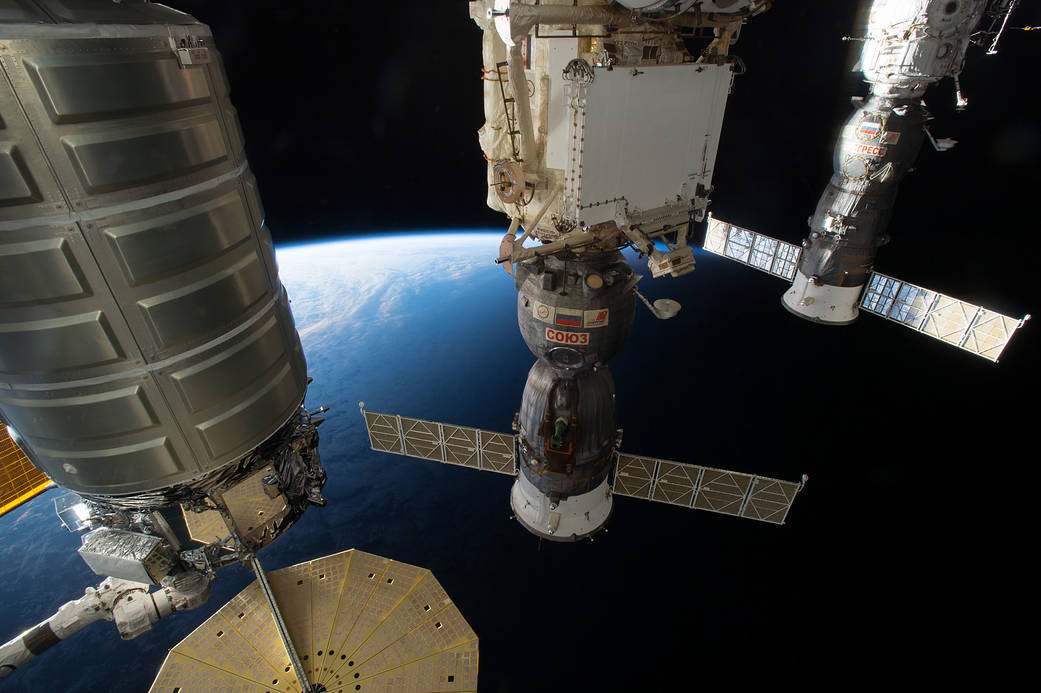
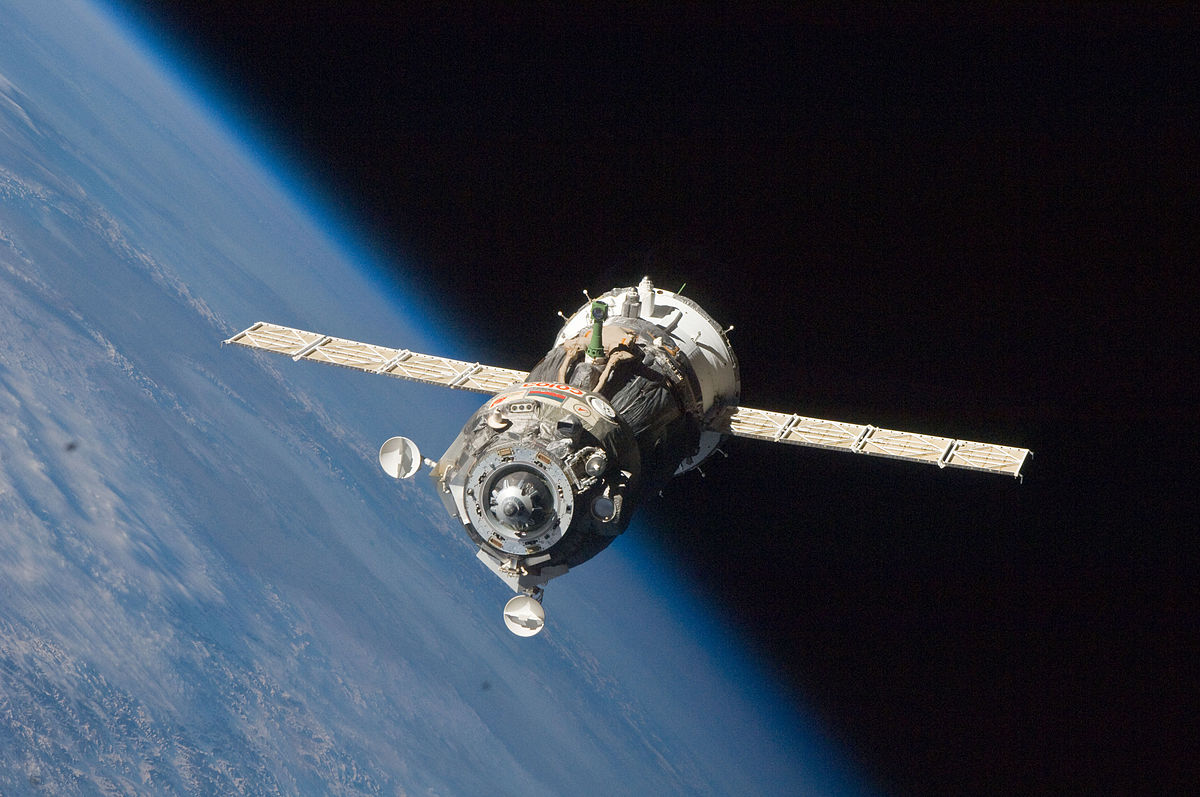
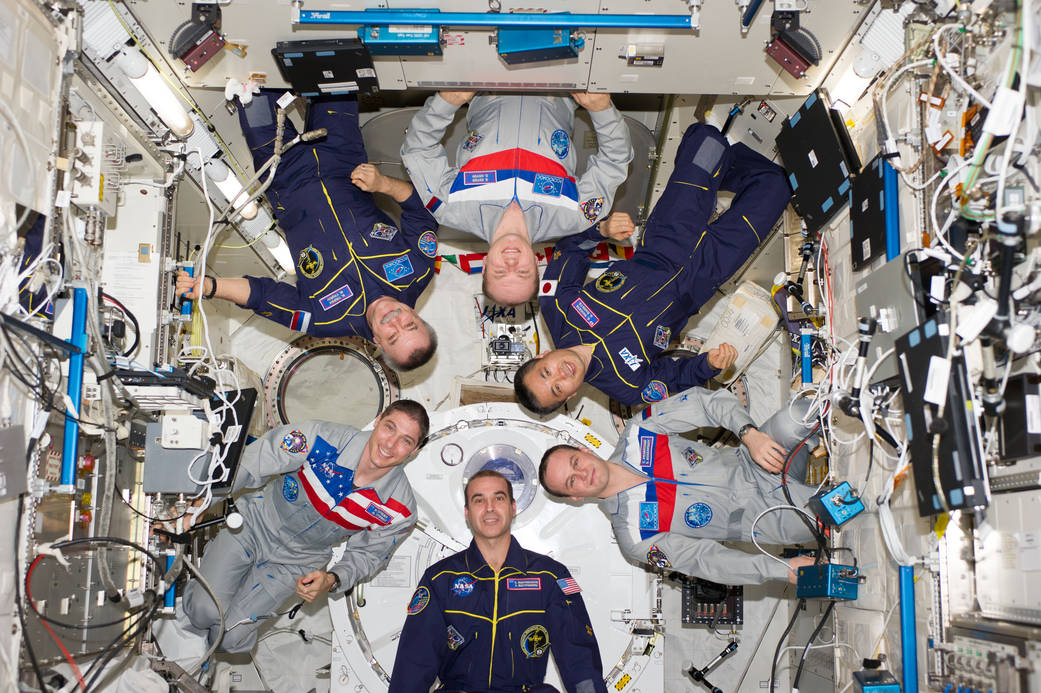
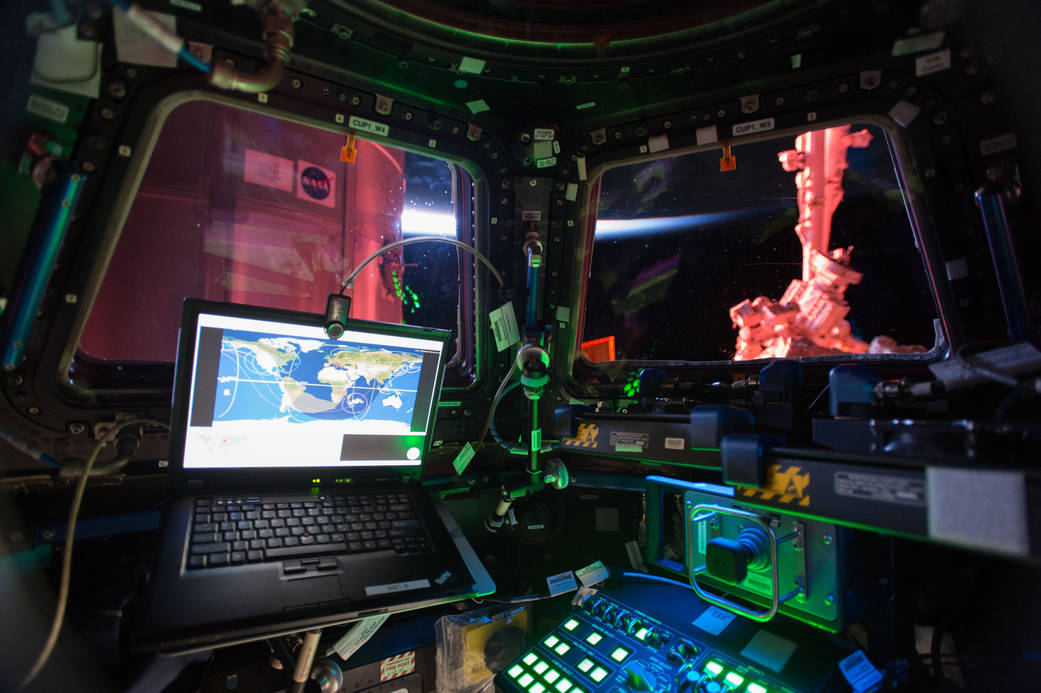
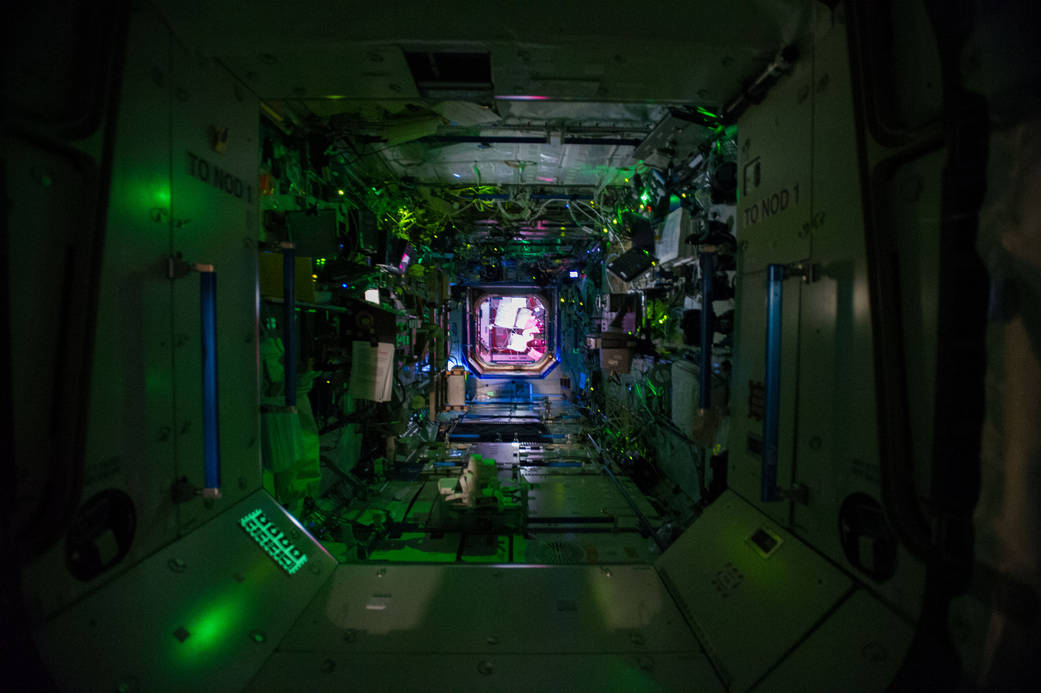
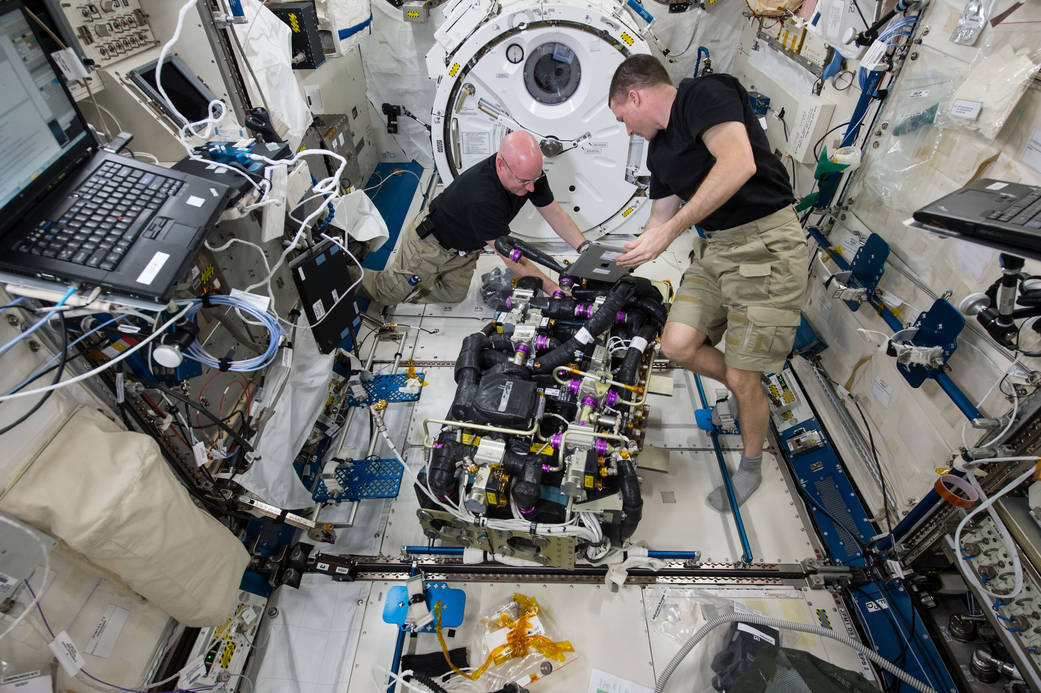
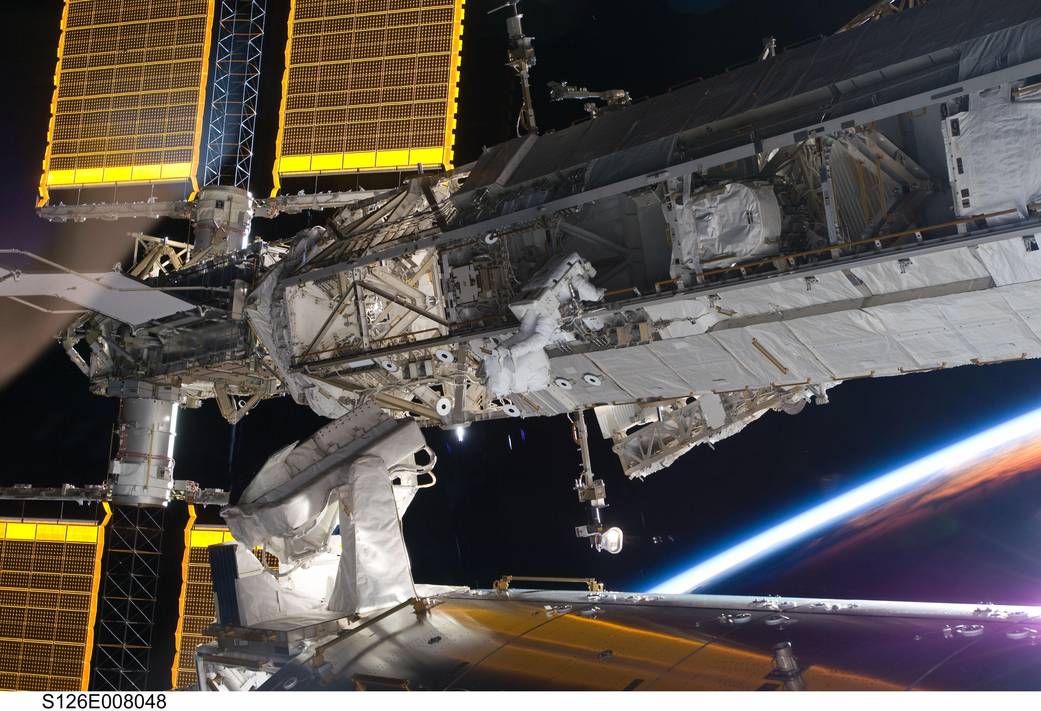
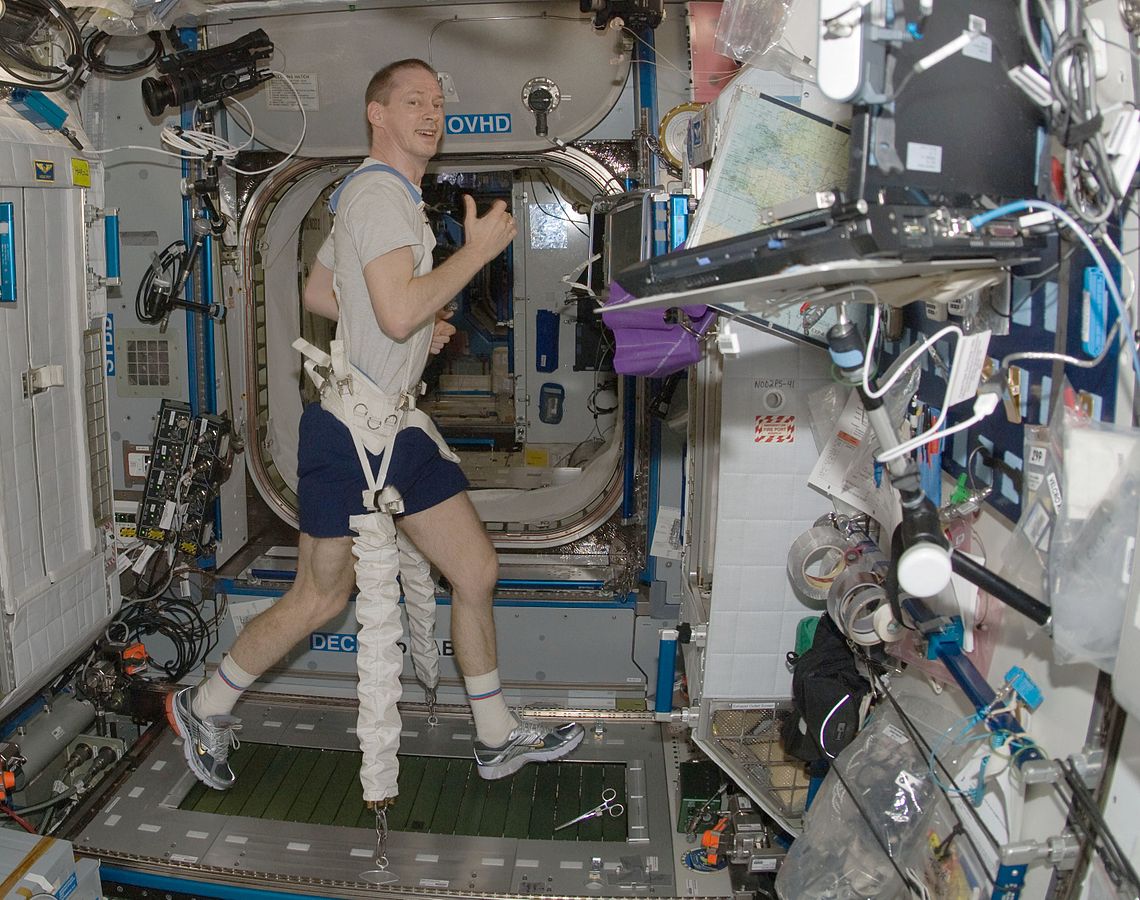
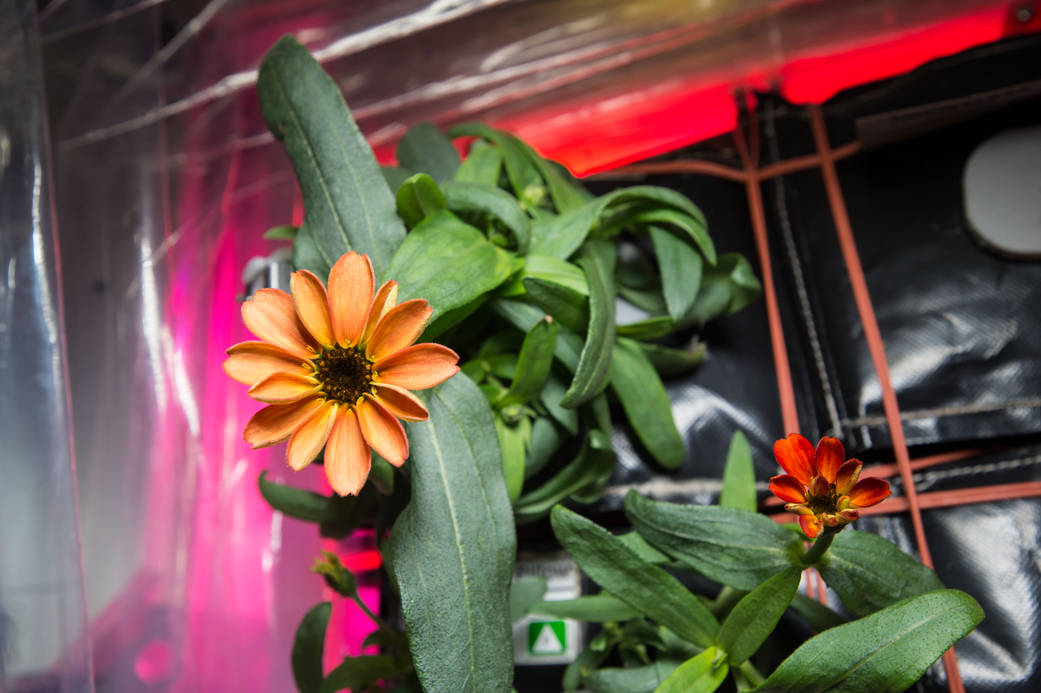
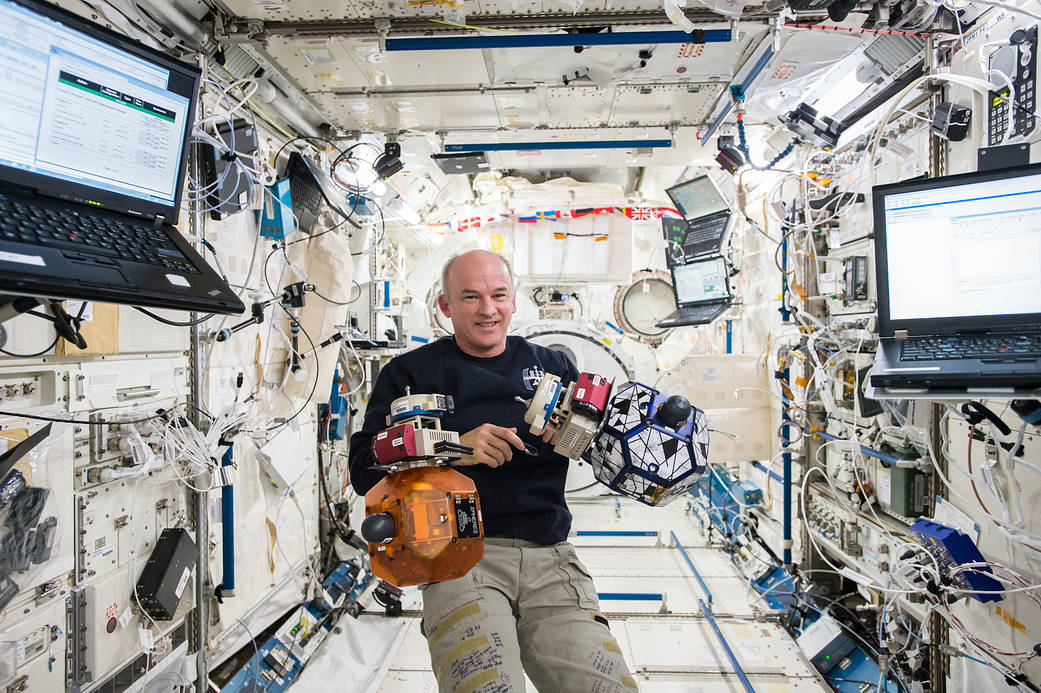
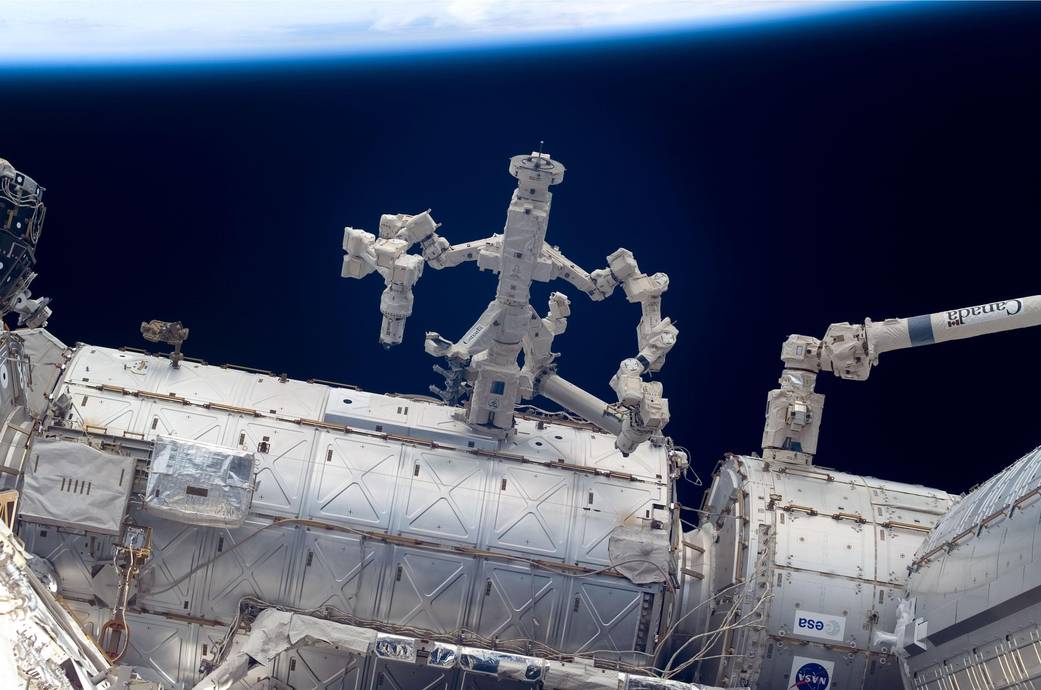
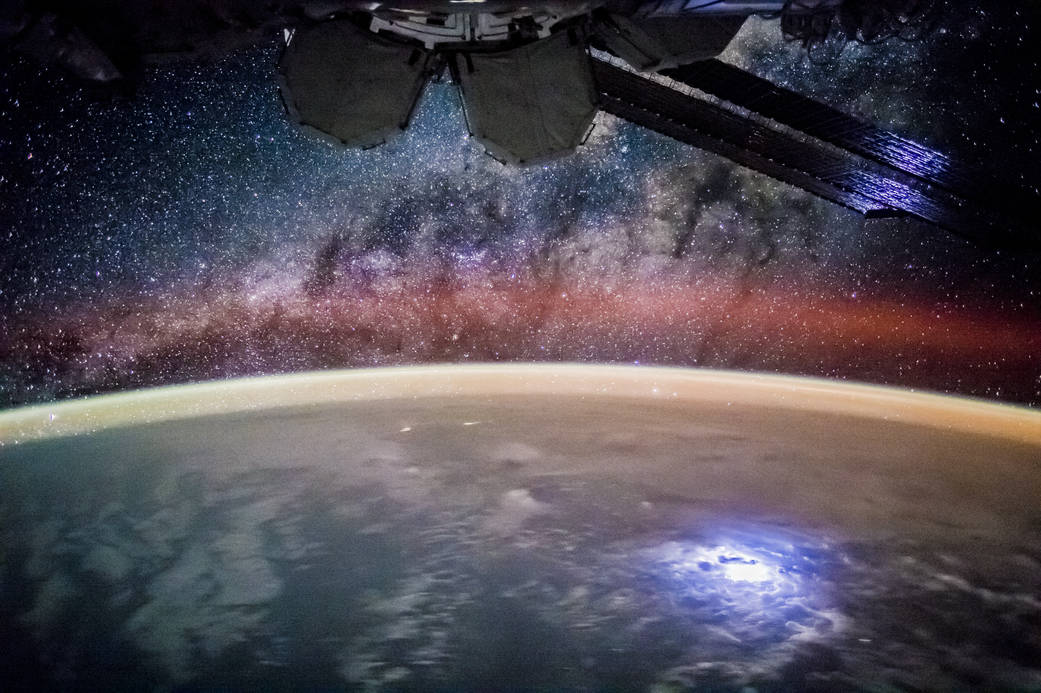
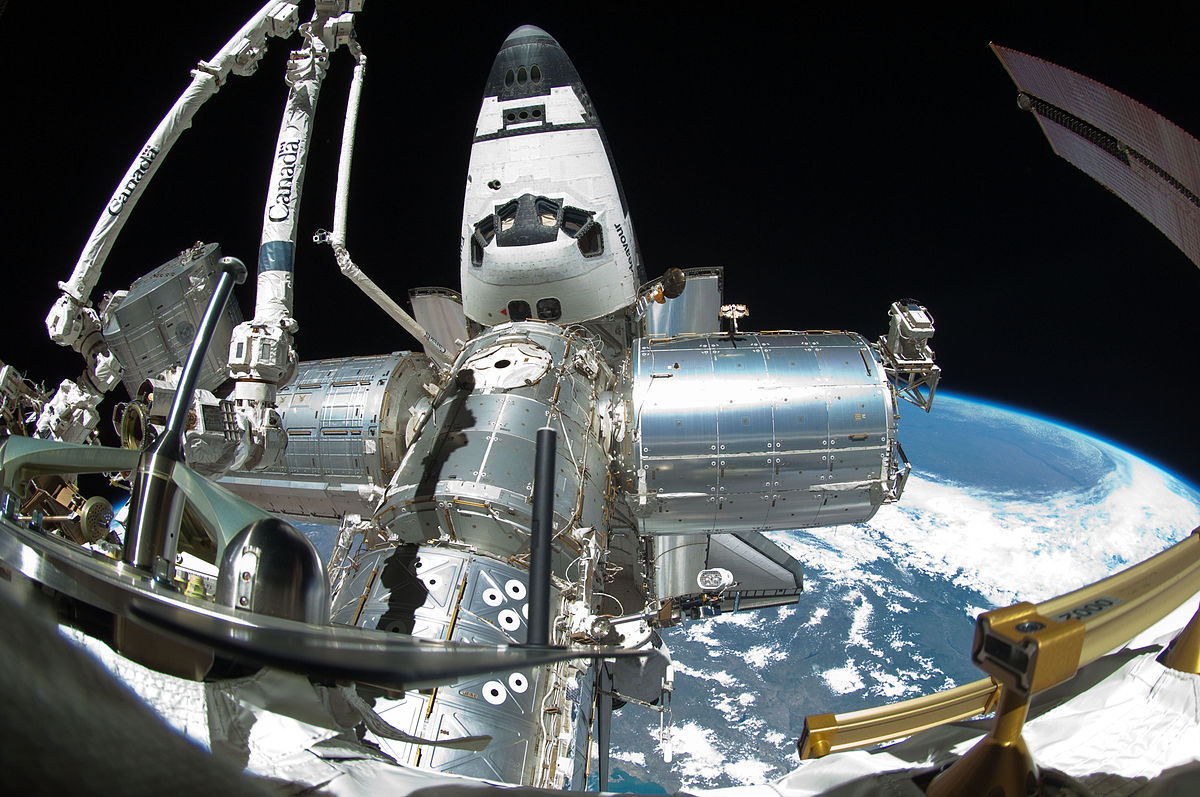

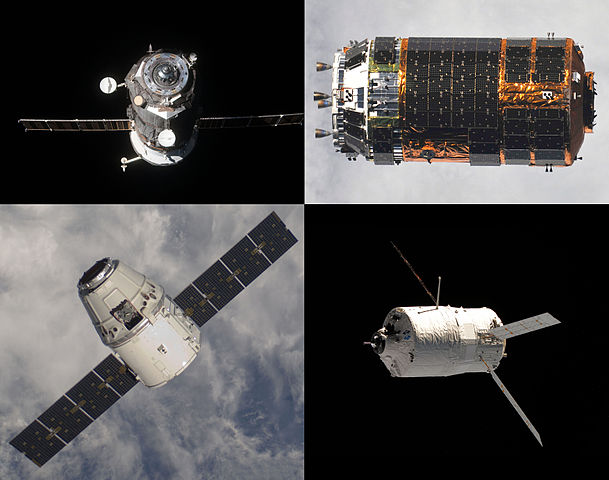
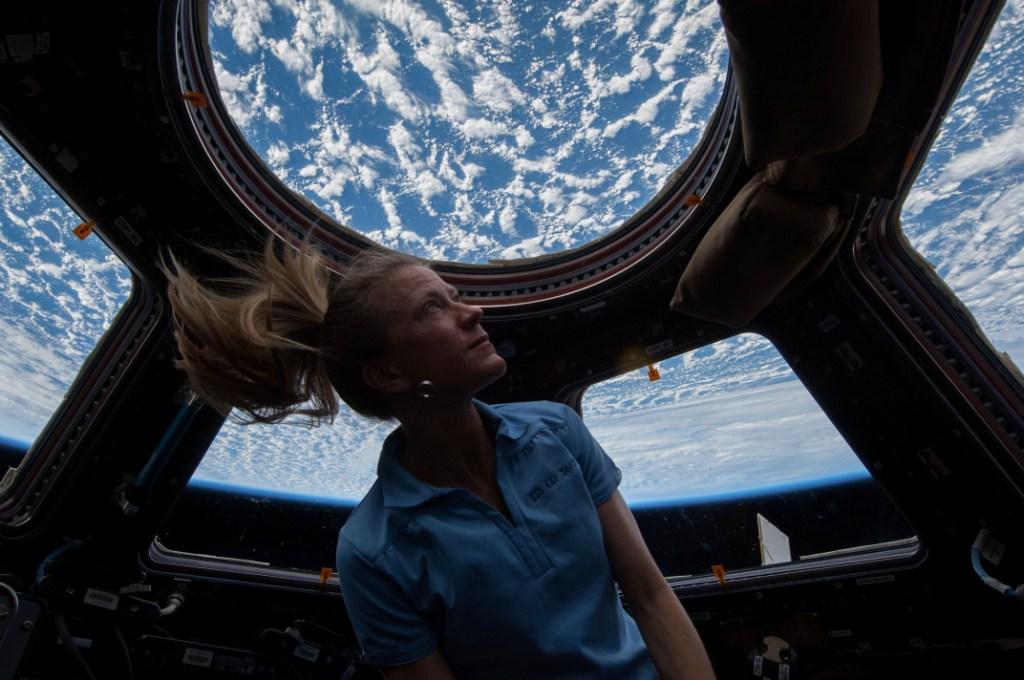
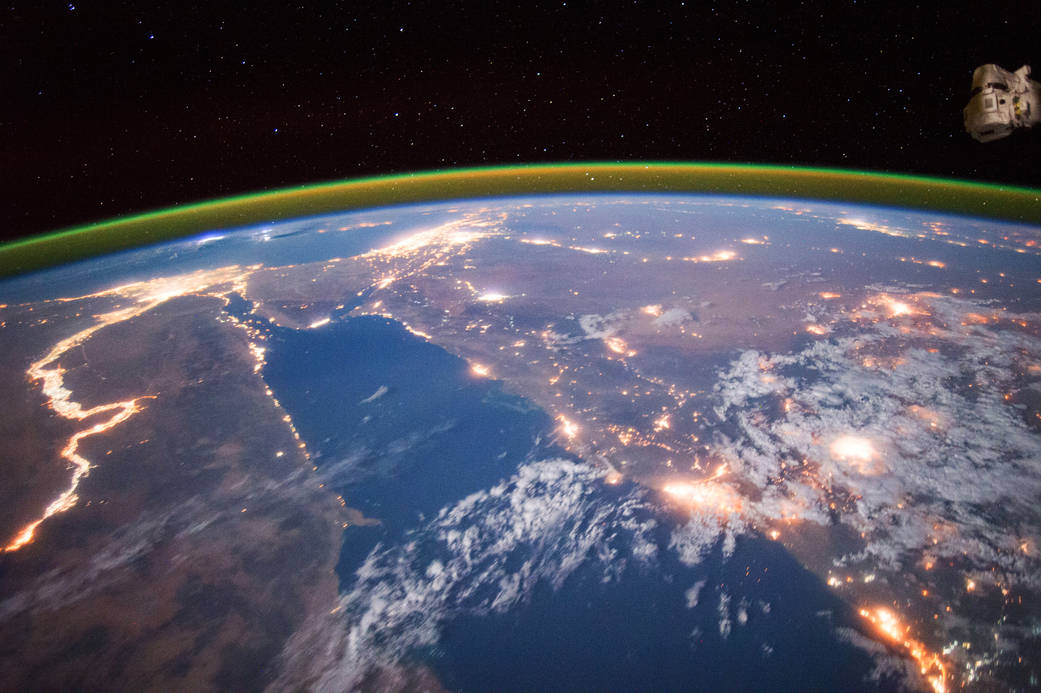
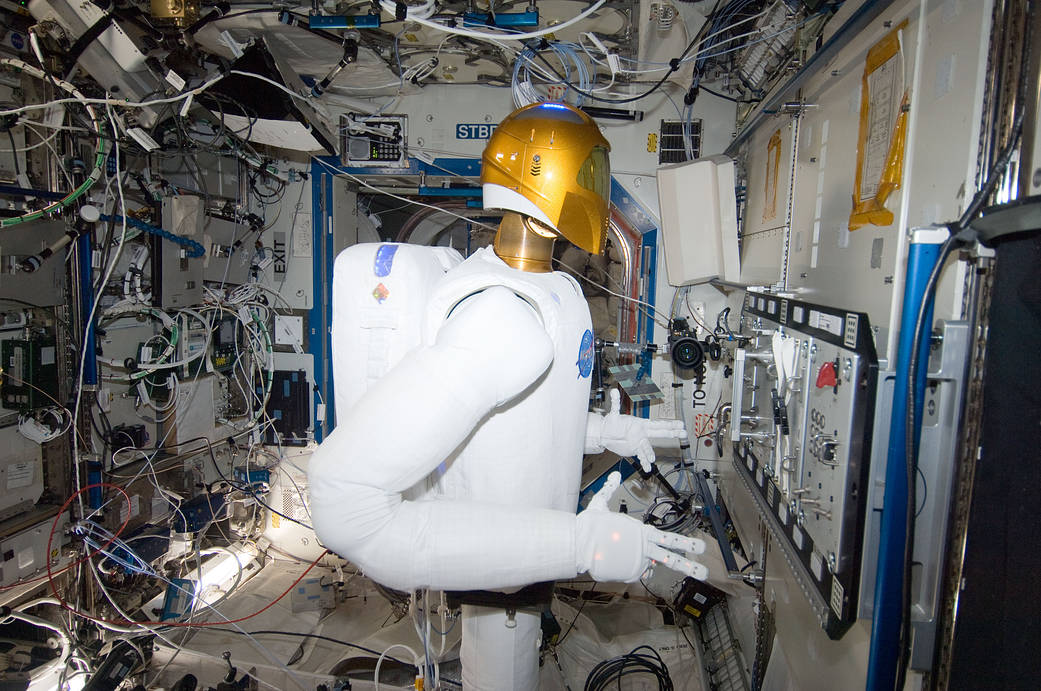
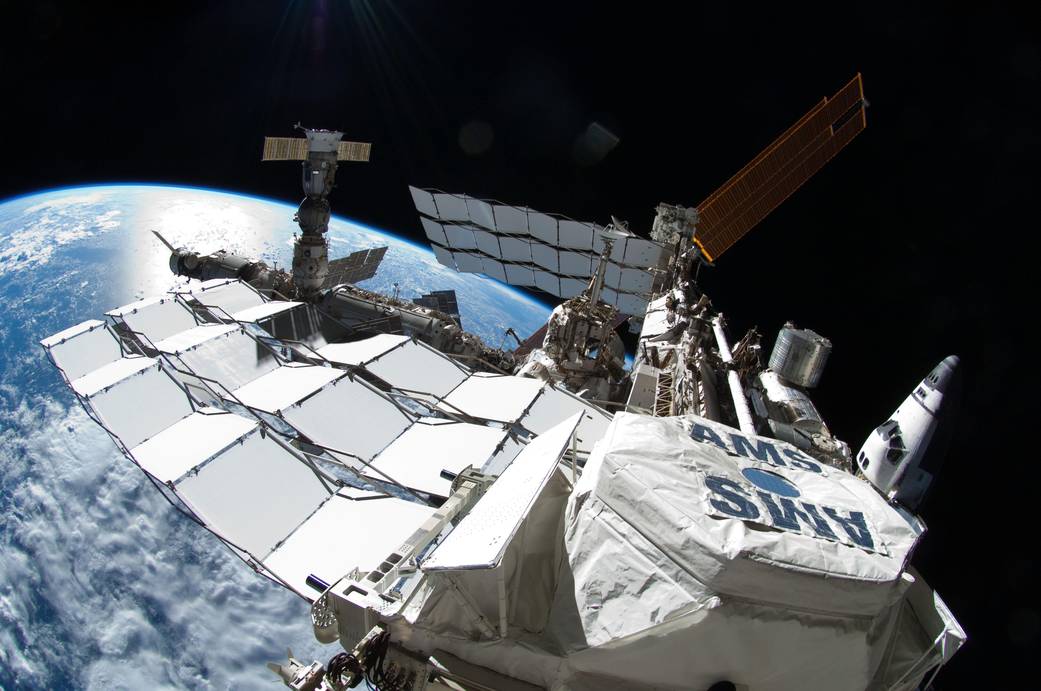
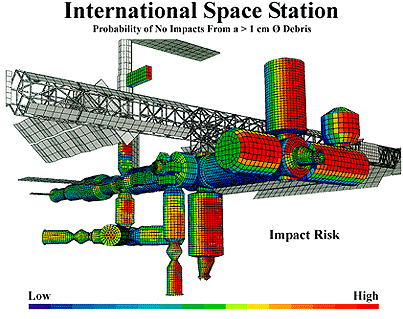
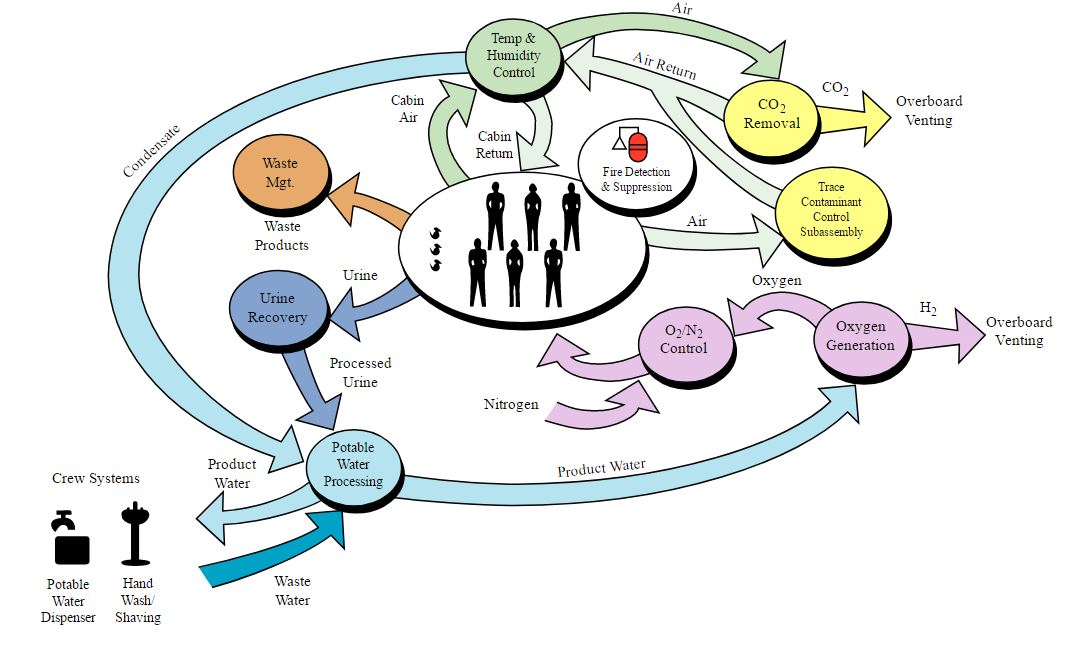
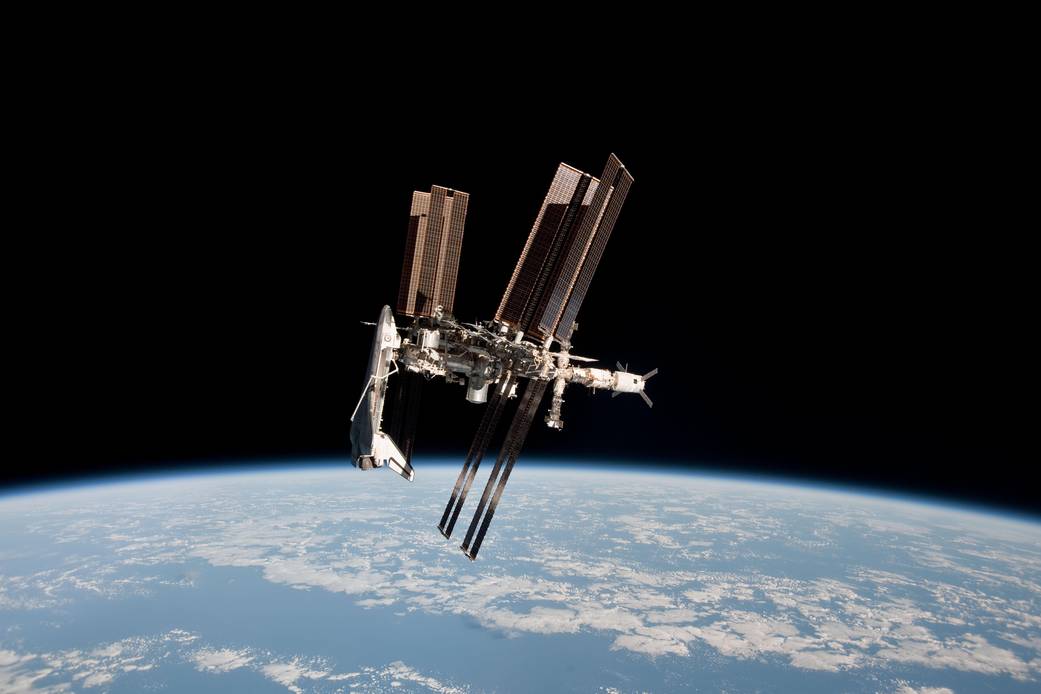
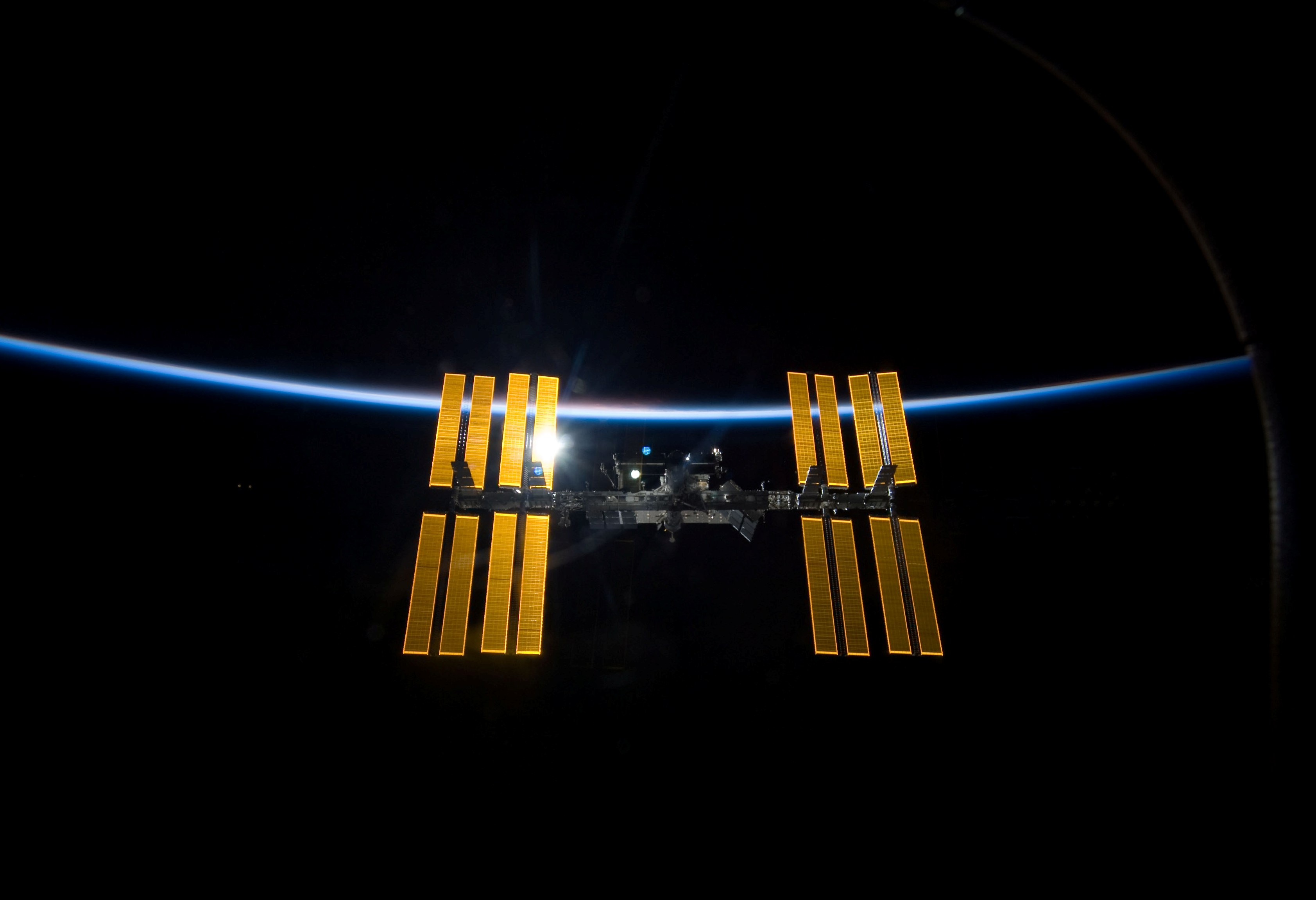
Comparison
International Space Station
Mission Control Center
Construction Begins
Initial Configuration
Expedition 1
Solar Arrays
Spacewalkers Working
Spacewalk
Southern Lights
ISS and Moon
ISS Solar Transit
Parking Full
Comet Lovejoy
Full Moon
Spacecraft Docked
Soyuz TMA-19
Full Crew
Cupola By Night
Destiny Lab
Astronaut Work
Astronauts EVA
Space Exercise
Space Garden
Inside the Station
Dextre
Stargazing
Shuttle Docked
Antares Resupply Mission
Supply Vessels
Millennium Falcon
NIle By Night
Robonaut
True Station
Impact Risk
Life Support Systems
Portrait
Backlit








































